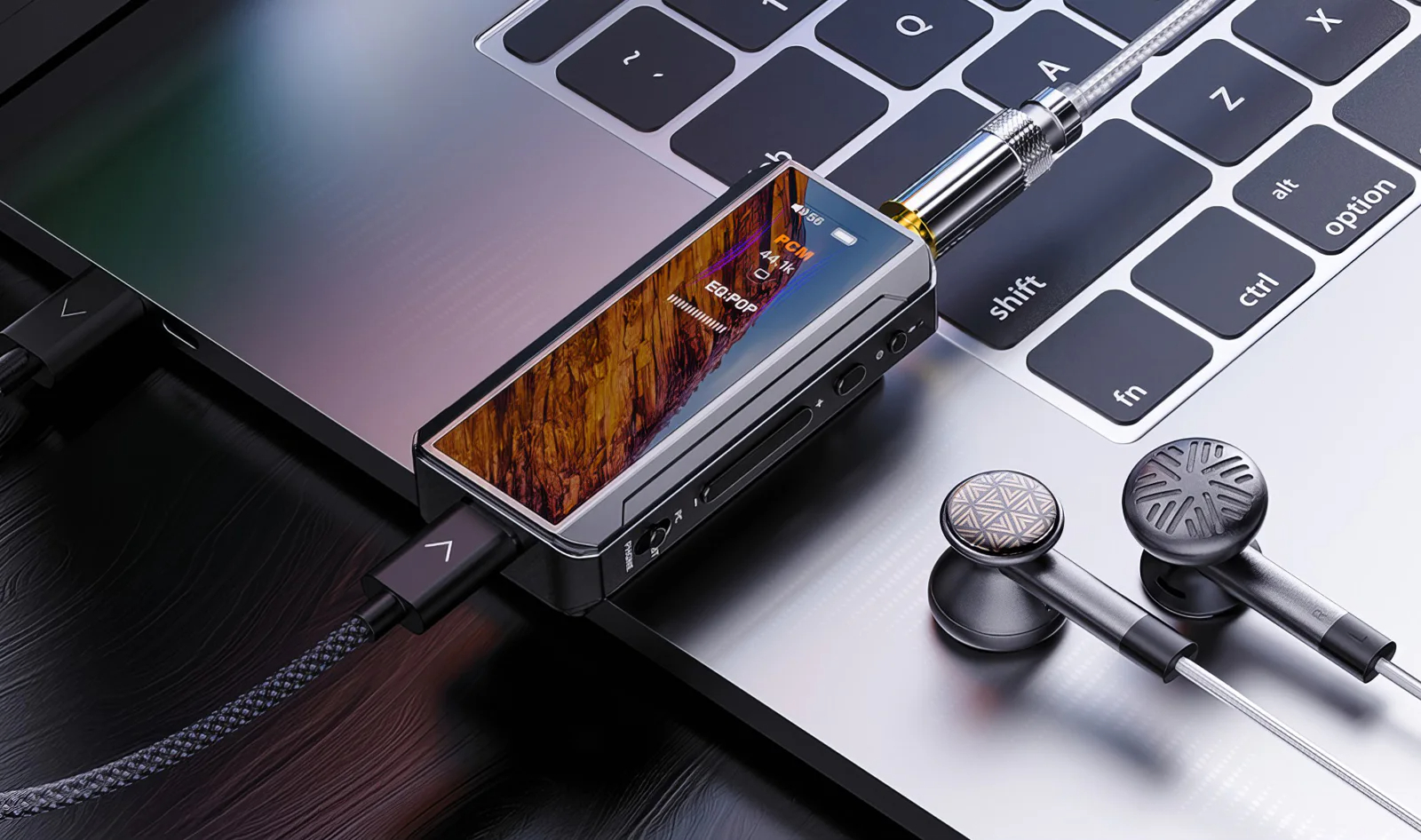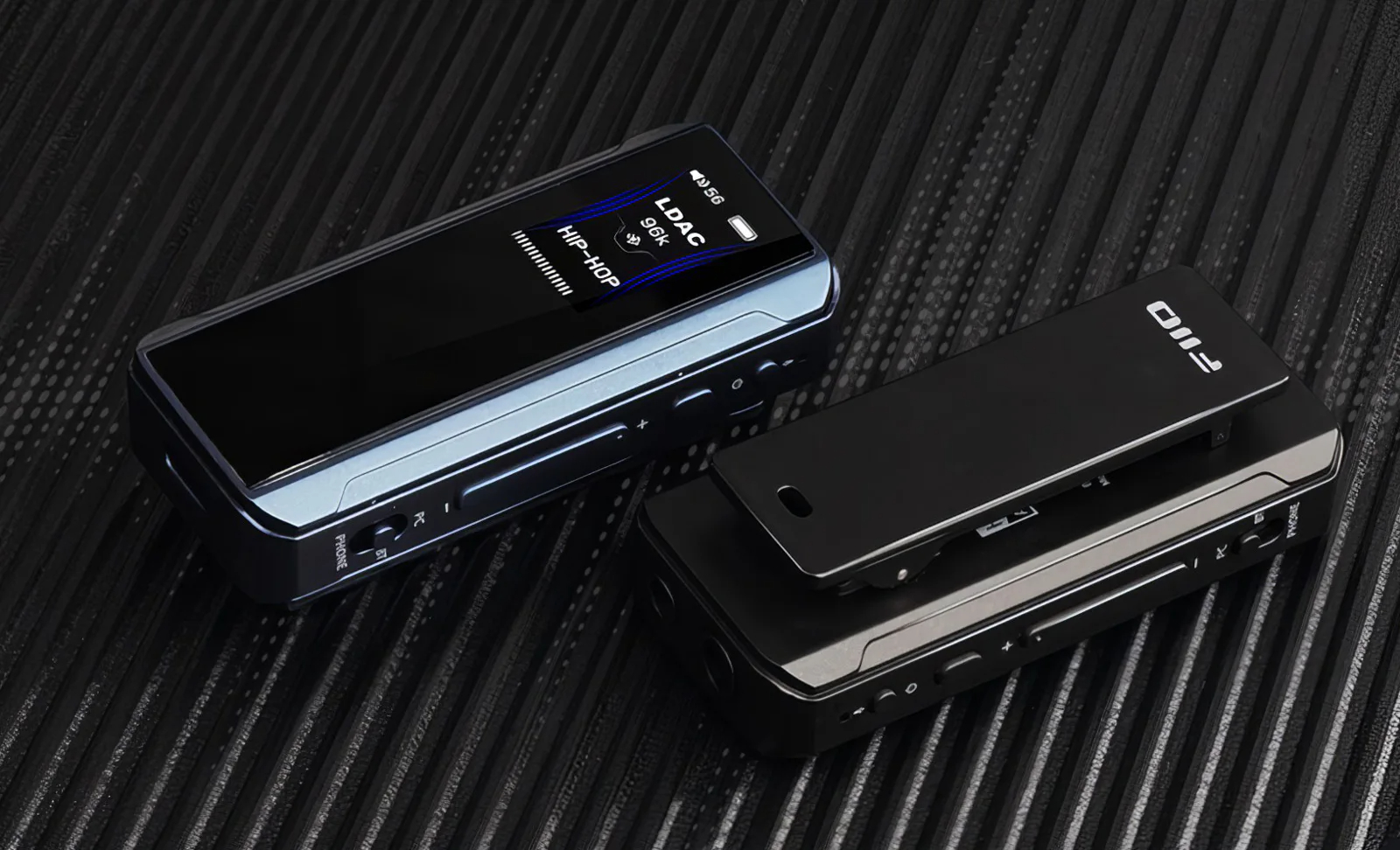FiiO’s latest portable DAC wants to be your next hi-fi Swiss Army Knife – but it has stiff competition
The FiiO BTR13 wants to dethrone iFi and AudioQuest as our portable audio champion

FiiO has unveiled a new portable DAC, to take on the five-star iFi Go Link and AudioQuest DragonFly Cobalt models.
The FiiO BTR13 is a tiny portable USB DAC and headphone amplifier similarly sized to its rivals and set to retail for a very reasonable £64 / $64 / €64 when it goes on sale in September. We don’t have Australian pricing at the moment, but we will update this page when we get it.
At first glance it looks very similar to its iFi Go Link and AudioQuest DragonFly Cobalt rivals, having a similar, pocket-sized USB form. Connectivity-wise it features USB type-C input and 3.5mm (unbalanced) and 4.4mm (balanced) headphone outputs.
FiiO is pitching flexibility as the BTR13's main selling point, with the DAC offering three different modes.
it functions as a DAC and headphone amp when connected to smartphones and laptops, but switching it to PC mode will allow it to draw power from the laptop/computer instead of its internal battery. For gamers looking to upgrade their Switch, PS5 or Steam Deck’s audio there’s also UAC 1.0 mode – something rival DACs don’t usually feature.
Running the show in these modes are dual Cirrus Logic CS43131 fully-balanced DACs that can output up to 220mW, which is enough to drive most of the affordable headphones we recommend in our best wired headphones guide.

In its Bluetooth setting, it switches things up and also works as a Bluetooth decoder. This mode is powered by a Qualcomm QCC5125 Bluetooth chip and supports all the usual codecs and standards you would expect, including aptX HD and LDAC. This means you can stream hi-res audio up to 24-bit/96kHz – which is fine for most streaming services, including Tidal and Apple Music.
The latest hi-fi, home cinema and tech news, reviews, buying advice and deals, direct to your inbox.
One small caveat for iPhone owners is that it doesn’t come with a Lightning cable adapter included. So if you want to use it with an iOS device you’ll need to invest in, or already own, a third-party OTG-compliant lightning adapter.
For tinkerers, the unit works with FiiO’s mobile and web app, which grants access to a 10-band parametric equaliser (PEQ). As a final differentiator, the unit even comes with a nifty 0.96-inch colour screen, which should make navigating its menus and settings easier.
The big question however, is how it works in the real world, which we haven’t had a chance to check yet. Though the portable DAC market doesn’t have as many options as it used to, there are many excellent units still available, so it will have stiff competition.
The dinky iFi Go Link costs a similar amount and not only earned five stars in our review, it also impressed our staff writer, Harry McKerrell, so much so that he penned a feature detailing how much he enjoyed using it. The five-star AudioQuest DragonFly Cobalt, despite being more expensive, has a similar form factor and remains a class leader for its audio performance, despite having come out many years ago and remaining a current What Hi-Fi? Award winner.
MORE:
These are the best DACs we have reviewed
We rate the best headphones money can buy
Our pick of the best portable music players

Alastair is What Hi-Fi?’s editor in chief. He has well over a decade’s experience as a journalist working in both B2C and B2B press. During this time he’s covered everything from the launch of the first Amazon Echo to government cyber security policy. Prior to joining What Hi-Fi? he served as Trusted Reviews’ editor-in-chief. Outside of tech, he has a Masters from King’s College London in Ethics and the Philosophy of Religion, is an enthusiastic, but untalented, guitar player and runs a webcomic in his spare time.
